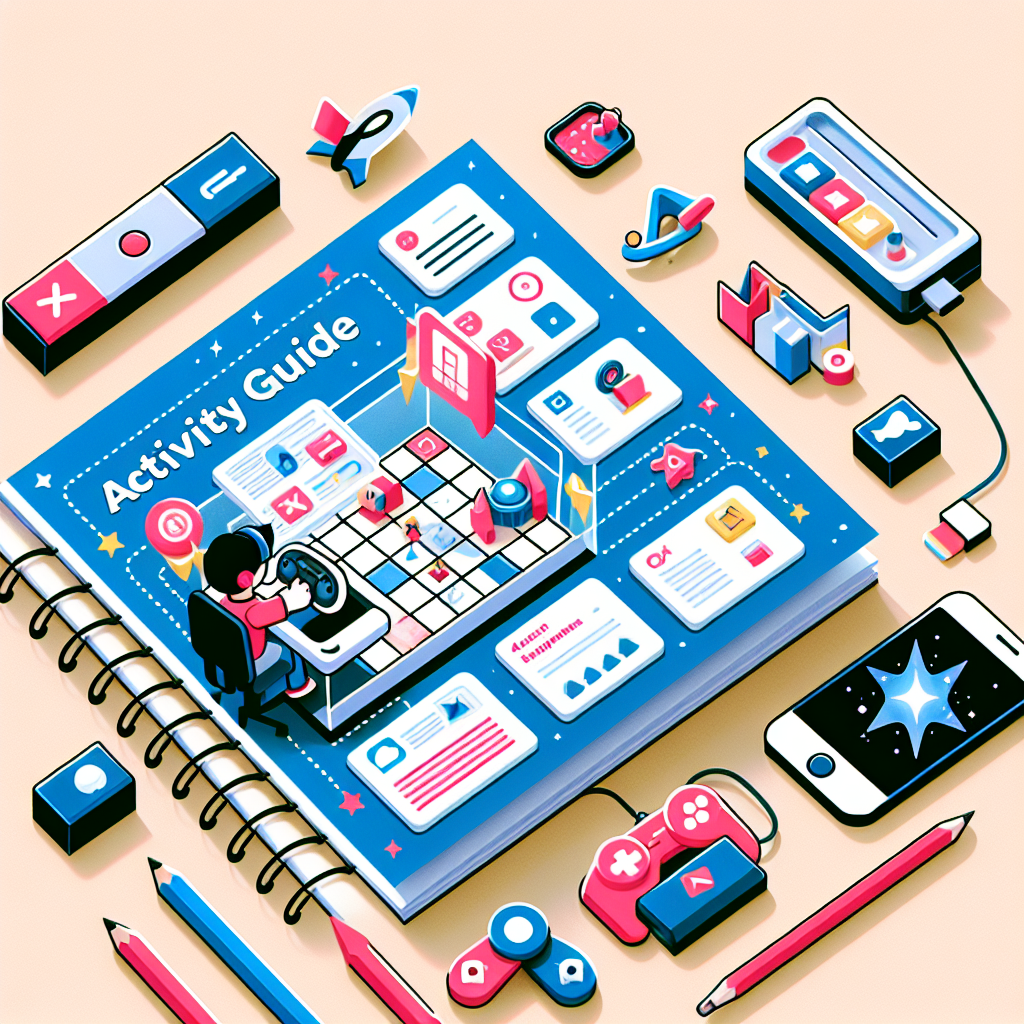As an Amazon Associate I earn from qualifying purchases.
Physical activity, the movement of the body that consumes energy, is essential for maintaining health and wellbeing. In fact, it has been estimated by the World Health Organization that a lack of physical activity contributes to over 3 million preventable deaths worldwide each year. From ancient times, when our ancestors hunted and gathered, to today's array of organized sports and exercise routines, physical activity has evolved but its importance has remained.
This evolution has seen physical activity transition from a survival necessity to a structured element in daily life for health and recreation. Historically, the Industrial Revolution marked a significant change as it introduced sedentary jobs, leading to the recognition of the need for planned physical exercise. In modern times, despite the increasing automation of tasks and the rise of digital entertainment, physical activity remains a cornerstone of a healthy lifestyle, with both individual and group activities being popular across different ages and cultures.
Engaging in regular physical activity is known to reduce the risk of many chronic diseases such as heart disease, diabetes, and cancer. An engaging statistic in this context is that increasing physical activity levels in inactive individuals could potentially decrease global mortality by 6-10%, based on a report from the World Health Organization. This emphasizes the profound impact that making changes to physical activity levels can have on both personal and public health.
With advancements in technology, physical activity is also adapting. Today, fitness trackers and smart devices are commonly used to monitor physical activity, providing users with detailed insights into their health and motivating them to achieve their fitness goals. This integration of technology and exercise has revolutionized how people approach physical fitness, creating a more data-driven and personalized experience.
Another facet of modern physical activity is the inclusivity and adaptive techniques being developed to accommodate individuals of all abilities. Programs and equipment catering to diverse needs are expanding, allowing for more people to reap the benefits of being active. For instance, wheelchair sports like basketball and racing have gained popularity and recognition, inspiring people with various mobility issues to participate in physical activity.
“`html
How Can an Activity Guide Enhance Your Daily Fitness Routine?
“`
An Activity Guide offers a structured approach towards achieving your fitness goals by providing detailed instructions, tailored exercise routines, and nutrition tips. Tailored to suit individual needs, an Activity Guide can include schedules that encourage adherence, dynamic workouts that prevent plateaus, and insights into proper techniques to avoid injuries. By leveraging the benefits of an Activity Guide, you can optimize your workouts, ensure balanced physical development, and maintain motivation through varied exercises. In the following sections, we will delve deeper into the ways an Activity Guide can revolutionize your approach to fitness, enabling you to reach your health objectives more effectively.
Understanding the Concept of Activity
Activity, put simply, refers to any action that results in mental or physical effort. It includes everything from intense physical exercise, such as running or weight lifting, to more leisurely activities like walking or gardening. Mental activities can encompass reading, solving puzzles, or engaging in any task that stimulates the brain.
The Benefits of Regular Activity
Engaging in regular activity boasts numerous health benefits. For physical well-being, it enhances cardiovascular health, strengthens muscles, improves flexibility and balance, and helps maintain a healthy weight. Mentally, regular activity has been linked to better cognitive function, reduced stress levels, and lower instances of depression and anxiety.
Physical Activities and Their Impact
When considering physical activities that boost health and well-being, both aerobic and anaerobic exercises are key. Aerobic activities include walking, cycling, swimming, and jogging—exercises that are maintained over a period and use oxygen to meet energy demands. Anaerobic exercises, such as weightlifting and sprinting, are performed in short bursts and do not rely on oxygen for fuel, instead drawing on the body's energy stores.
Choosing the Right Activity for You
Selecting an activity should be based on personal preference, physical capability, and overall health goals. An Activity Guide might recommend low-impact activities like swimming or yoga for those with joint issues or beginning an exercise regimen. More robust individuals seeking to improve cardiovascular health might engage in high-impact activities such as running or HIIT (High-Intensity Interval Training).
Incorporating Activity into Daily Life
Adopting an active lifestyle doesn't always require a gym membership or expensive equipment. Activities such as taking the stairs instead of the elevator, walking or cycling to work, or even performing household chores can contribute to an individual's daily exercise quota. The goal is to incorporate movement into the routine, which can be facilitated by simple changes in lifestyle.
Trends in Activity and Technology
With the advent of fitness trackers and smartwatches, monitoring activity levels has become more accessible. These devices often function as a personal Activity Guide, encouraging users to meet daily step goals, monitor their heart rate, and track their progress over time. This gamification of activity has helped motivate many individuals to lead more active lifestyles.
The Role of Community and Social Groups
Community exercise programs and group sports can offer motivation and social interaction, which are both important aspects of a sustained active lifestyle. Social sports leagues, group fitness classes, and local running clubs can provide a sense of camaraderie and accountability to help individuals stay on track with their activity goals.
The Importance of Safety and Moderation
While activity is essential for health, it is crucial to approach it safely to prevent injury. This means using proper equipment, understanding the correct form, and gradually increasing the intensity of the activity. Rest and recovery are equally important as they allow the body to heal and adapt.
Impact of Activity on Children and Adolescents
Activity is not only crucial for adults but also for children and adolescents. It plays a vital role in their growth and development, helping to build strong bones and muscles, maintain a healthy weight, and even improve concentration and academic performance. Parents and educators can guide youngsters in developing a love for physical activity through fun and engaging options tailored for their age and interests.
Activity Guide Programs Aimed at Older Adults
For older adults, staying active can be critical for preserving independence and quality of life. Activity Guide programs for seniors often focus on balance, strength, flexibility, and maintaining a social component to combat loneliness and isolation.
Adherence to Activity Recommendations Worldwide
Despite the known benefits, many individuals worldwide struggle to meet recommended activity levels. The World Health Organization (WHO) suggests at least 150 minutes of moderate-intensity aerobic physical activity throughout the week for adults or 75 minutes of vigorous-intensity activity.
A Closing Statistic on Activity
According to a study by the National Center for Health Statistics, only 23% of adults in the United States met the guidelines for both aerobic and muscle-strengthening activity as recommended by the Department of Health and Human Services. This statistic underscores the need for increased efforts to promote physical activity and to provide accessible resources and education to all segments of the population.
- What is the purpose of the Activity Guide?
The Activity Guide is designed to help users navigate through a series of steps or processes in a structured manner. It provides a clear pathway for tasks such as onboarding, training, or completing specific projects or assignments.
- How do I access the Activity Guide?
Access to the Activity Guide typically depends on the platform you're using. It is usually found on the dashboard or main page of the software or website. You may also receive a direct link or access instructions via email or upon signing up for a new service or program.
- Can I use the Activity Guide at my own pace?
Yes, the Activity Guide is generally self-paced, allowing users to complete tasks and steps at their own convenience. However, some guides may have deadlines or suggested time frames for completion.
- Is there a way to track my progress within the Activity Guide?
Yes, most Activity Guides include progress tracking features that show which tasks you've completed and what's next. This can be visualized through checkmarks, percentage bars, or step indicators.
- What should I do if I encounter a problem while using the Activity Guide?
If you encounter a problem, look for a help or support section within the guide. If that's not available, reach out to the customer support or technical assistance team of the service or platform that provided you with the Activity Guide.
- Can I repeat steps or tasks in the Activity Guide if needed?
Typically, yes. Most Activity Guides allow users to review and repeat steps as necessary to ensure understanding and mastery of the content or process.
- Is the Activity Guide accessible on mobile devices?
This depends on the software or service. Many Activity Guides are designed to be responsive and accessible on various devices, including mobile phones and tablets. However, it's best to check with the specific platform or service for compatibility.
- Are there any fees associated with using the Activity Guide?
The Activity Guide itself is often included as part of a service or software package, so there may not be additional fees for using it. However, always verify with the provider to ensure there are no hidden costs or charges for extra features.
- Can I customize the Activity Guide to fit my needs?
Some Activity Guides allow for customization, depending on the level of personalization the platform or service offers. You may be able to add, remove, or reorder tasks to better fit your personal or organizational needs.
- What if the Activity Guide does not cover all the information I need?
If the Activity Guide does not cover everything you need, seek out additional resources provided by the service or platform. You may find FAQs, knowledge bases, user forums, or contact options for further assistance and information.

Conclusion
The Activity Guide discussed throughout the article serves as a comprehensive roadmap for individuals seeking to enhance their physical, mental, and social well-being through various activities. We delved into the significance and benefits of regular participation in physical exercises, highlighting how such activities can dramatically improve cardiovascular health, boost strength and flexibility, and foster weight management. Alongside the physical perks, the guide underscored the crucial role that activities play in mental health, emphasizing the reduction of stress, anxiety, and depression through the release of endorphins during exercise.
In social terms, the article illuminated how shared activities can cultivate community ties, enhance social skills, and promote a sense of belonging. The Activity Guide pointed to the myriad of opportunities available that cater to different interests and ages, making it an inclusive and adaptable tool for varied populations. We identified key strategies to maintain motivation and adherence to an activity regimen, including setting realistic goals, tracking progress, and engaging in group activities for mutual support. By embracing the practices outlined in the guide, readers are equipped with the understanding required to make informed choices on the activities that best suit their lifestyle, preferences, and objectives, setting them on a path to a healthier, more active, and socially connected life.
Amazon and the Amazon logo are trademarks of Amazon.com, Inc, or its affiliates.


